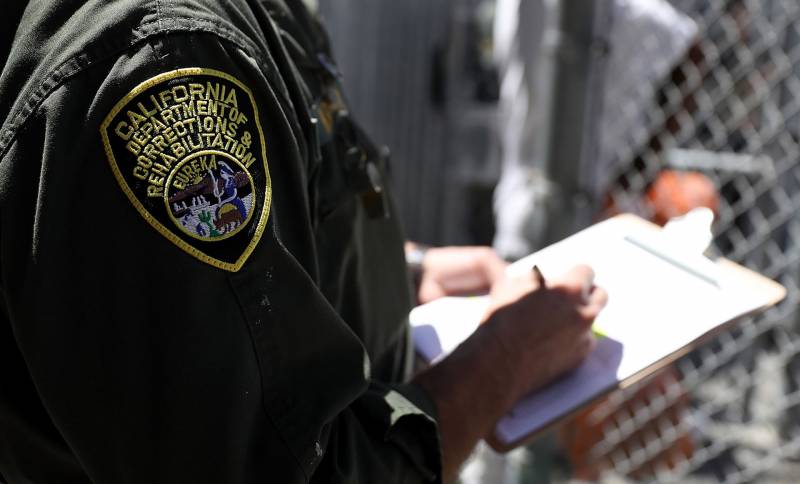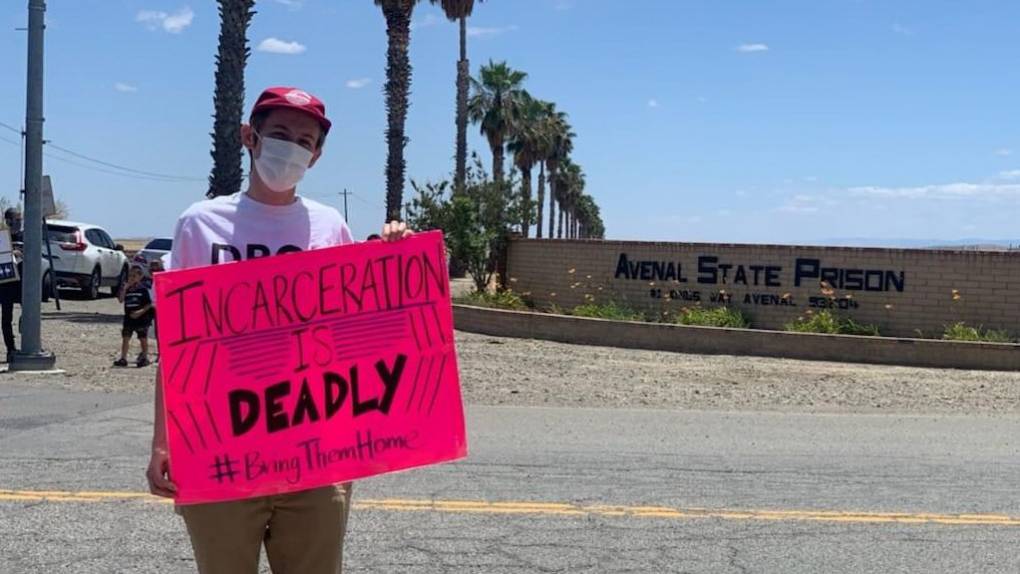Ed Welker has only been incarcerated at Avenal State Prison, located in rural Kings County in the San Joaquin Valley, since March. But when he was recently moved to a new dorm in a different yard, he saw a familiar face.
“One of the officers that is working right now in the building that I’m in, in the 2 Yard, is the regular building officer over on the 5 Yard, where I just came from,” he said.
Early on in the coronavirus pandemic, the prison halted college classes and other programs that involved incarcerated men mingling with those in other yards. So Welker said he and other inmates were shocked to learn that correctional officers can work their main shifts in one part of the prison and overtime in another — even if one of those is a quarantine area.
“We were like, wait a second,” he said. “If you normally work over there, and we know that there’s positive cases over there, what the hell are you doing coming over here?”


